The goal is to render HTML elements with perspective, as in the examples below.
We tried using CSS skew transformations, but those didn't look right as they warped the element's aspect ratio or otherwise created distortions.
Here are CSS skew transformations we tried. None of these look as good as the examples below.
Codepen: https://codepen.io/anon/pen/MMzdPx
transform: skew(20deg, -15deg);
transform: skew(45deg, -25deg);
transform: skew(45deg, -30deg);
How can you achieve this kind of perspective rendering of HTML elements?



